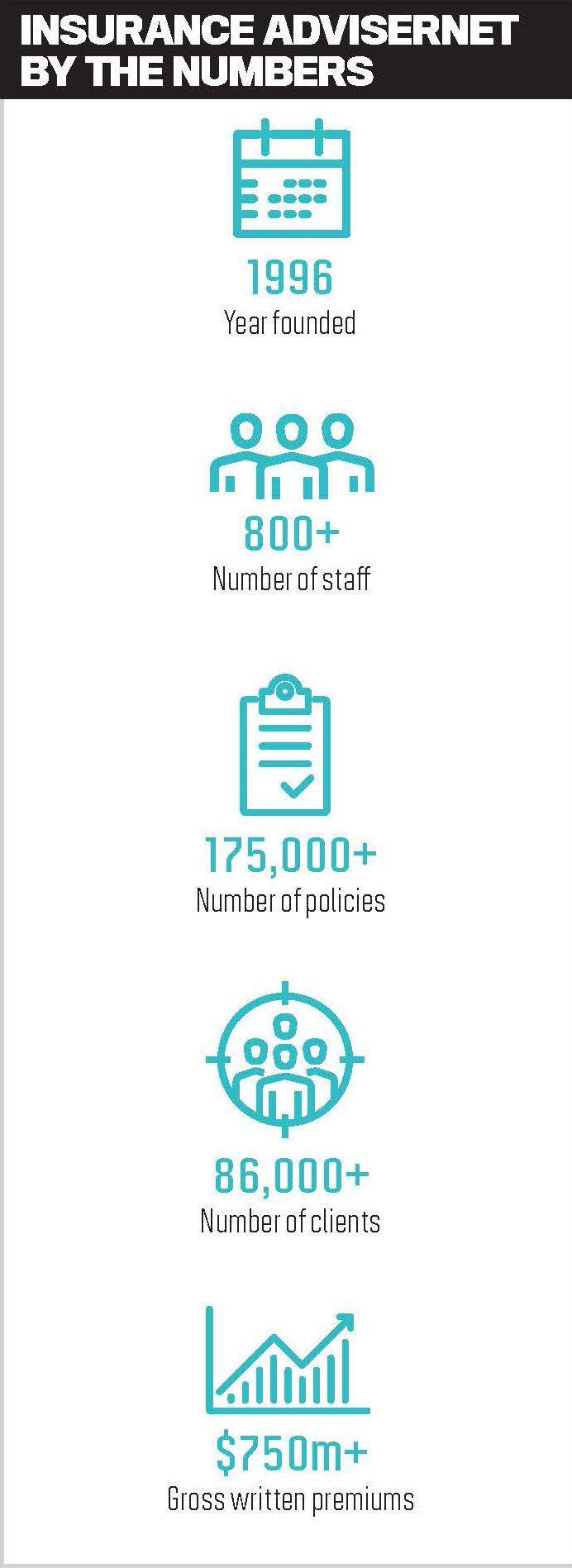

The mainstreaming of computers in the workplace in the ’80s – and then theinternet in the ’90s – made plenty of industriesnervous, and the insurance industry wasno exception. How would brokers fare in thisbrave new world? Would technology render them redundant and obsolete?
Thankfully, no. Shaun Standfield, managing director of Insurance Advisernet, sees the advance of technology as a definite advantage. There’s no doubt that technology has changed the nature of the broker’s role– but Standfield believes it’s actually led toa surge in the number of businesses that are seeking advice.
“You can Google just about anything now,” he explains. “But no matter the question,you’re going to find a myriad of opposing views on the same topic – insurance is no different, and people are understandably confused about the information they find online. As brokers, we need to make sure we’re ready to help them when they pick up the phone to make enquiries.”
Advice-driven business is the key to longevity for insurance brokers, Standfield notes. From a consumer perspective, price isn’t necessarily the prime driver when a claimable event occurs – having the right support in place is far more crucial. Technology enables this advice-driven model, but real people are still very much part of the process.
“We believe a combination of great people and great systems will result in great advice,”Standfield says.
When used correctly, technology actively enhances a broker’s role, he explains. It’san enabler that can provide additional and better information, reduce frictional costs, and enhance a broker’s relationships with existing and future clients alike. Technology brings data feeds and workflow management to relieve many of the administrative and technical burdens brokers face. Compliance is embedded throughout the process rather than a “complex minefield bolted into the advice process,” Standfield says.
 It can also enable better connections between brokers and their local communities. Tools like social media, SEO and other web-based services have helped raise the profile of brokers while also enabling them to learn about their clients more easily.
It can also enable better connections between brokers and their local communities. Tools like social media, SEO and other web-based services have helped raise the profile of brokers while also enabling them to learn about their clients more easily.
“Nothing beats discussing clients’ needs on a one-on-one basis,” Standfield says. “With the tools available to you, you can ask more pertinent questions, helping ensure you’ve got an effective grasp on what they need to protect their business and their families.”
Standfield points to the recent bushfires and hail events in NSW as an example of the power of technology and effective customer service in action.
“We were able to send out early warning messages to our clients and then follow up using our power mapping system,” Standfield says. “We could identify clients who had potentially been impacted, then send them a personalised electronic mailer, check on their welfare and let them know how to commence preparing a claim. We also sent useful links so clients could have all of the relevant contact details for government and agency support services in one place.”
“We believe a combination of great people and great systems will result in great advice” Shaun Stand field, Insurance Advisernet
That said, Standfield is conscious that making the shift to a higher-tech world can be challenging. There are still plenty of brokers who are lagging behind on this front, and Standfield believes that some don’t yet appreciate how to use the tools that are emerging. There’s often a misconception that these tools are solely for admin tasks, but Standfield sees their real value in being able to increase the level of personalised client contact.
“Our own client research shows that price is important, but it’s not the overarching factor in clients purchasing insurance from a broker,” he says. “Comparative pricing tools may not necessarily result in long-term client relationships – if you win clients on price, you’ll ultimately lose them on price. They want good advice which ultimately allows them to put their head on their pillow each night with the confidence that their personal assets and livelihood are protected – and that they have advocates working for them.”
Instead, Standfield believes there is far more value to be had in maintaining a strong tripartite relationship between insurer, client and broker. Ultimately, this will bring better long-term outcomes for all parties involved – and it also fills Standfield with confidence about the important role brokers can play in their communities. With the right mix of tech and customer service, the future of the industry looks bright.
“Businesses that offer personalised services will prosper into the future,” Standfield says. “We don’t sell homogeneous products – we sell professional advice, peace of mind and an ability to act as advocates for our clients if a claim occurs.”

